ATSB’s Angus Mitchell on his career and tough cases as boss of Australia’s crash investigation body
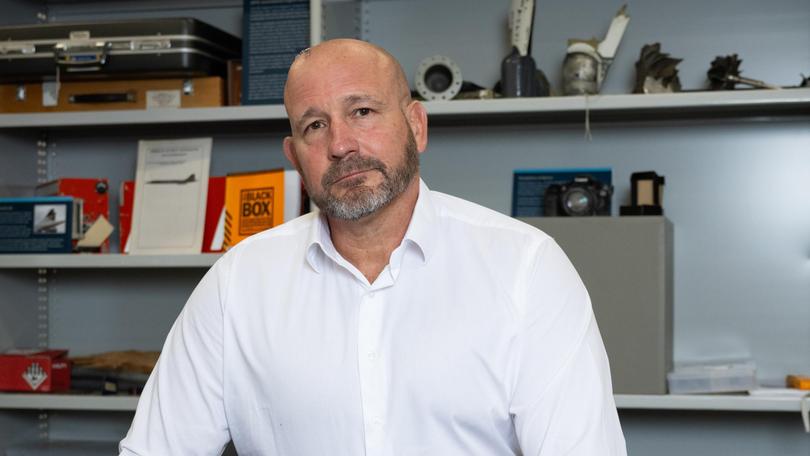
There are five well-worn caps, perfectly spaced apart, along on a shelf behind Angus Mitchell’s immaculate desk.
They are souvenirs from the most significant chapters in his three-decade career, which peaked when he was appointed Chief Commissioner and Chief Executive Officer of the Australian Transport Safety Bureau.
“I’ve never really had an office before so I didn’t know what to put in it,” he said.
Sign up to The Nightly's newsletters.
Get the first look at the digital newspaper, curated daily stories and breaking headlines delivered to your inbox.
By continuing you agree to our Terms and Privacy Policy.“And once you leave those jobs, you can’t really wear the cap anymore, so I thought I’ll just put them here.”
His current hat — with ATSB emblazoned across the front — would be familiar to anyone who has seen him address the media in the aftermath of a serious transport accident.
“I will go to the ones that are very significant, mass fatalities for instance, because I think it’s important that someone fronts up to the media and tells the public what we’re doing,” he said.
“It’s also the time of highest risk for my investigators because of that multiple exposure to (trauma), not only to the accident, but also reaching out to next of kin.”
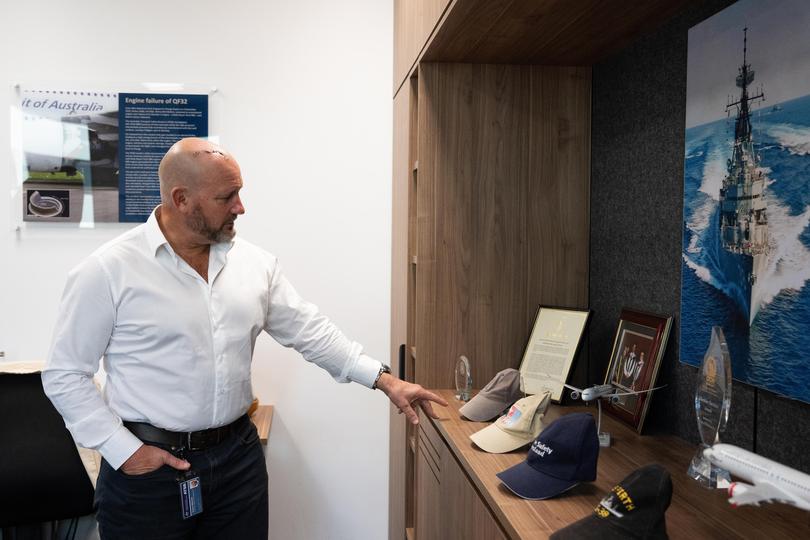
The Nightly sat down with Mr Mitchell to discuss the agency’s current priorities — including its investigation into the Sea World Helicopters collision — and discover how this boy from Lismore, who “barely scraped through” university, ended up running the national transport safety investigator.
In part one of this wide-ranging interview, the former Navy officer also opened up about the weight of expectations, why “reputation is everything” and how he became the first chief commissioner to refer potential charges to the Australian Federal Police.
But first, Mr Mitchell had to explain why — when we arrived at the ATSB’s Canberra headquarters — he had sixteen shiny staples running down the right side of his head.
“I was back (at our family home) last weekend gardening and just not paying attention . . . fell off at a retaining wall and just ploughed my head into a rock,” he said.
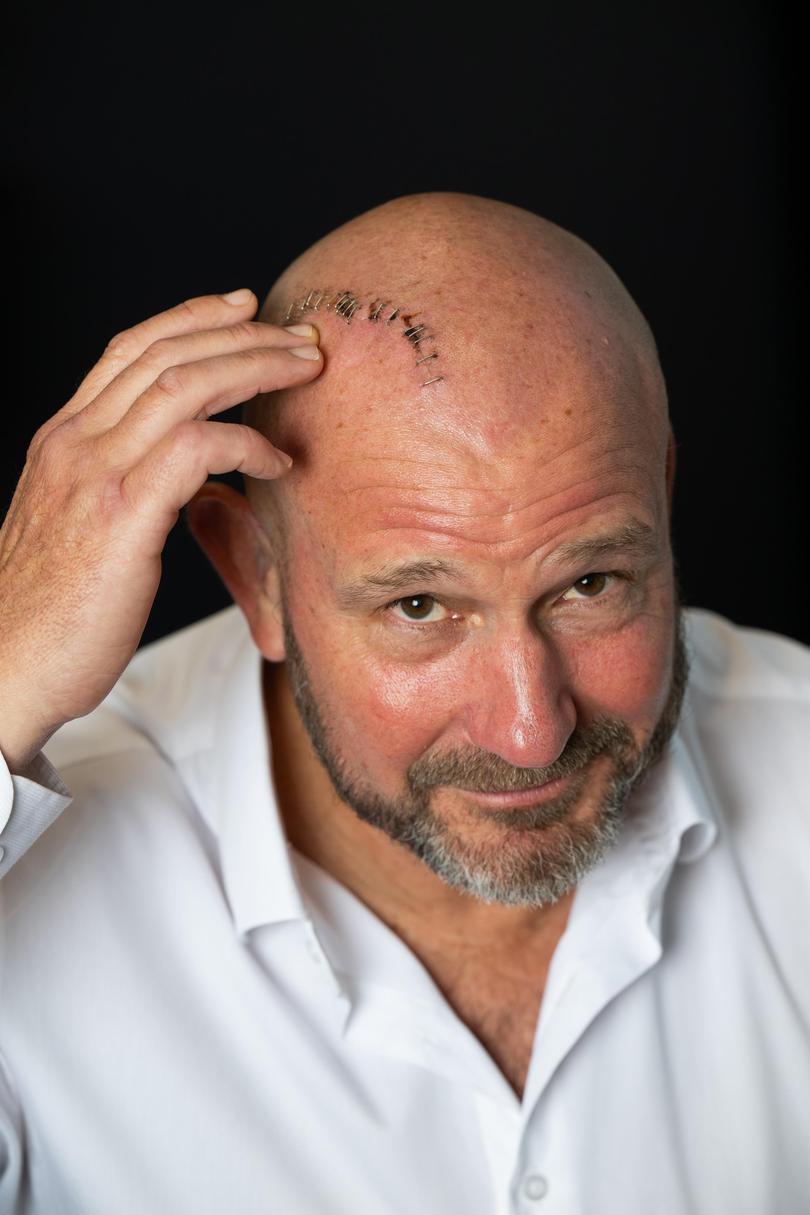
“But as my wife said, it’s not even in the top 10 things I’ve done to myself. I’ve got plenty of scars and plates from years of military and rugby and mountain biking.
“Doesn’t sound great for someone who is the head of a safety agency but there’s a whole history of things there.”
On the other side of his head, a long scar frames his left ear.
“I had 38 stitches down that side as well,” he said.
“It was from a military accident when deployed many years ago.
“It led to a series of operations which has left me deaf in one ear and partially deaf in the other.”
The 55-year-old, who has an education degree, spent almost two decades in the Royal Australian Navy before going on to run NSW Maritime and Maritime Safety Queensland.
In 2021 he was tapped to apply for the ATSB’s top job and commenced in September that year.
“It was an opportunity to lead a federal agency that really had the clout to make a real difference in safety, nationally and internationally,” he said.
“I wasn’t known (in Canberra) at all and these opportunities don’t come up often.
“I went through the interview process, not knowing what I was getting myself into, so when I got the role I had to learn very quickly.”
After moving down from Brisbane during COVID lock-downs, he found himself alone for months.
“It was just me in the office so I had to try and understand what my job was,” he said.
“I quickly realised that if I wasn’t the Chief Commissioner, there would be no other role I could do here.
“I don’t have the sorts of backgrounds and experience that we require from our staff who are all specialists so I’ve got to be really clear around my role and how I add value.”
Mr Mitchell — who has three adult children — is about three and a half years into his five-year term and hopes to continue beyond that.
His role as CEO involves “boring things like budgeting and corporate governance” and ensuring the ATSB’s product — its investigation reports — are consumed.
“But my main role is to provide the environment for staff to do the job that they’re very good at and to get out of their way,” he said.
My greatest responsibility is looking after my staff. If I can get that right then the rest of it looks after itself.
He is proud of his agency’s small but dedicated workforce which includes pilots, engineers, train drivers, ship captains, human factors experts, lawyers and animators.
“It’s a very committed workforce who are very passionate about what they do,” he said.
“Sometimes the challenge is corralling all of that energy and desire (to solve complex problems) to keep producing reports in a timely manner . . . because we have people who will just keep investigating indefinitely.
“And that’s good, you want that passion, but you’ve also got to keep producing products that are of greatest public benefit.”
Despite being inadmissible in criminal and civil proceedings, the ATSB is conscious of the enormous weight their “no blame” reports carry with industry, the public and victims’ families.
“Anything external — whether it be a coronial or civil or regulatory – is completely separate to us,” he said.
“They will happen in parallel, such as the one in Darwin particularly, but there are very little other sensitivities (to consider when releasing a report) because that’s separate.
“Our reports can’t be used in legal proceedings. Of course, they lay bread crumbs for others, but that’s just the nature of it.”
Mr Mitchell was referring to the Northern Territory helicopter crash that killed Netflix star Chris Wilson during a crocodile egg collecting mission in 2022.
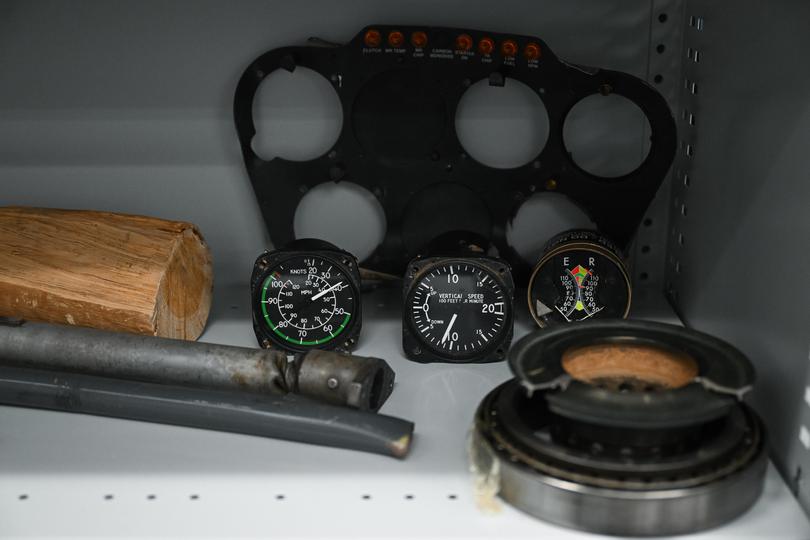
In late 2023, the ATSB released its findings about the accident, amid numerous criminal court cases related to alleged actions after the crash.
It was a particularly challenging investigation for the ATSB because by the time investigators arrived on scene the site had been tampered with, crucial evidence had been destroyed and a long list of items were missing.
Mr Mitchell was so concerned about “the status of evidence available” in this case that he took the unprecedented step of referring possible offences under the Transport Safety Investigation Act to the Australian Federal Police.
“It was a unique set of circumstances,” he said. “We’re not prosecuting. We refer it to the police and it’s up to them.”
Mr Mitchell said maintaining the agency’s reputation was paramount.
“If we don’t have reputation, we can’t influence industry, and if we can’t influence industry, then there’s no point in doing what we do,” he said.
“Having a historical document of what occurred is great but that’s not what we’re here to do. We’re actually here to influence systemic improvements.”
However measuring those improvements, and the agency’s effectiveness, is “a really hard one”.
“It’s a bit like counter terrorism. It’s effective when nothing happens. How do you measure that?” he said.
“At the moment about 87 per cent of issues that we identify are addressed, and that climbs into the 90s after 18 months, because some of these things take longer to implement.
“That is the best measure that I can actually put a figure to that is defendable.”
Since Mr Mitchell started in his role, the ATSB has released about 240 investigation reports.
“I remember a bit about all of them but some, particularly ones where I’ve been to the accident site, I remember a lot more about,” he said.
“One that sticks in my mind was Mount Disappointment because I was there just hours after it happened and I had quite a lot to do with one of the next of kin, for many months and years afterwards.”
In March 2022, five people were killed when an Airbus helicopter crashed into Mount Disappointment in Victoria.
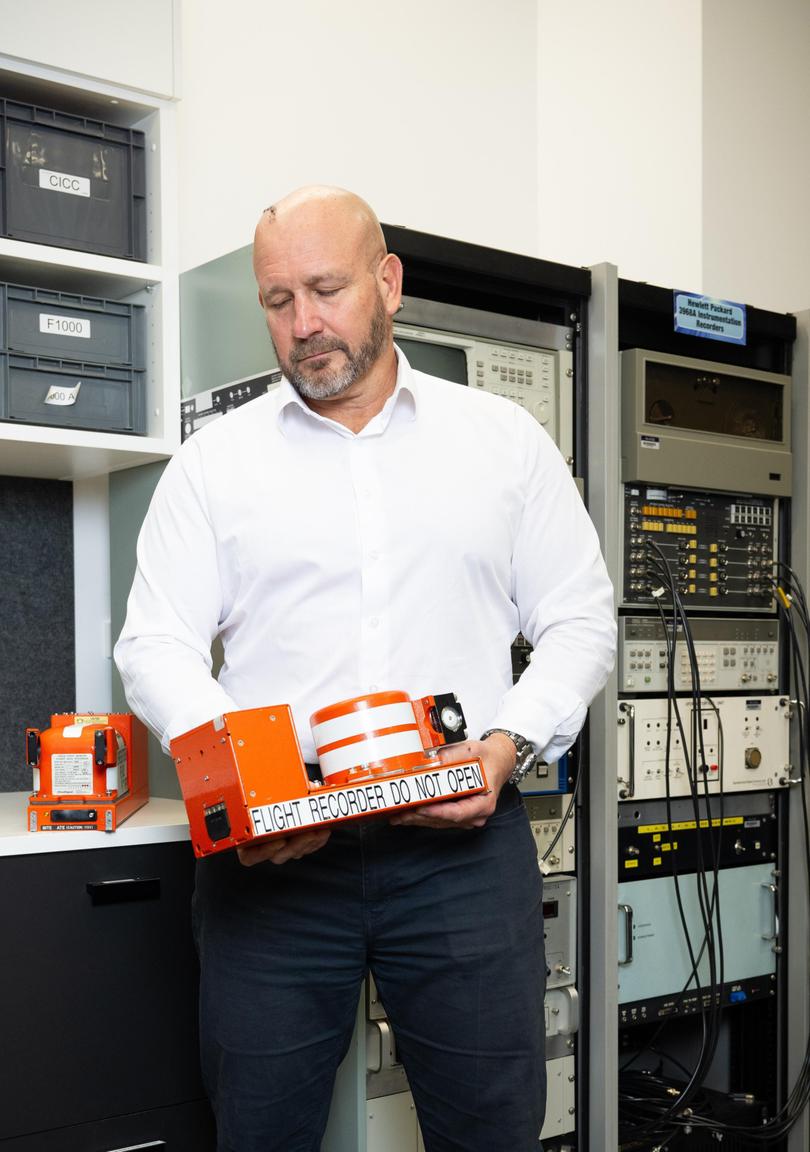
Mr Mitchell also knew the pilot killed in a fire surveillance aircraft accident near Cloncurry, Queensland, in November 2023.
“I think the reality of almost 20 years in the military and then being in maritime safety and regulatory roles, and now in this role, is that unfortunately fatalities are a part of what we’re here to look into,” he said.
“We are clinical about parts of the job because we have to be but I think, generally, our investigators get it right. I get a lot of good feedback from next of kin about how sensitive they are.
“The most recent one was the Rottnest Island seaplane crash. The couple who survived wrote a very nice note about the sensitivity shown by the investigators who were asking very probing questions a day or two after the accident.”
The ATSB will stay in touch with the next of kin until their investigation is complete.
“We are getting people on the very worst day of their life, generally, and they’ve got a lot of questions, and it takes us months and months or sometimes years to get proper answers,” Mr Mitchell said.
“And there are times when they’re looking for specific outcomes that we just can’t deliver or we just don’t have the evidence that supports it.
“My investigators get very passionate about wanting to meet expectations but can never fully meet them.
“So it’s about, ‘how can we best assist?’ without the expectation that we’re going to provide closure because quite often, we can’t.”
Keep reading The Nightly for Part 2 of this in-depth interview with ATSB boss Angus Mitchell

